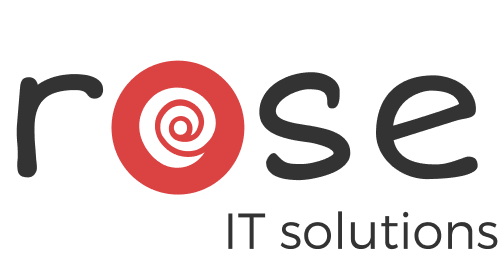Why Schools Should Be Concerned About Their Cyber Security Posture
A recent report by the K-12 Cybersecurity Resource Center found 2020 was a "record-breaking" year for cyber-attacks against US schools, with 408 publicized incidents marking an 18% increase in 2019. But what is behind this increase and what can you do to protect your school??
Why Cybersecurity Risks in K-12 Schools Are Increasing
Introducing technology and the increasingly digital nature of classrooms have for many years outpaced what budgets allow for, with hiring cybersecurity staff and acquiring the resources needed for adequate protection. As a result, K-12 has become a prime target for hackers, in part because of the high-value data available.
To understand the scale of the problem and the data at risk, look at a Los Angeles Times report that found that up to 500,000 San Diego-based staff and students in one district may have stolen their personal data by cybercriminals in 2018. The breach included social security numbers, birth dates, phone numbers, and private health information.
In 2020, the threats included data breaches and leaks (36%) and ransomware (12%), accounting for nearly half of specified K-12 cyber incidents, while another 45% fell into an "other" category. This included malware, digital class and meeting invasions (Zoom bombing), defacement of websites and social media, and many other "related and/or low-frequency incidents.
Why Cyber Security Is So Important for K-12 Schools?
Cyber Security isn't only a concern for schools, but also in every government or corporate setting. They are searching for points of weakness, and those are common in school districts because of the limitation of IT resources, especially around cyber security.
Your students, their families, faculty, and staff are at risk, and you have a duty to protect them and their data.
They are at risk of identity theft, fraud, and online harassment. Sensitive educational processes, such as special education grants, are at risk if the information is exposed online. Data breaches affect the reputation of districts and diminish community trust in institutions.
How and Why Is School Data Targeted?
Hackers attack the weakest points of security, often not systems, but people. Phishing attacks are common, initiated when a person receives an email containing a malware link. Simply clicking on this link can infect the endpoint. But it also can give cyber-criminals access to the school district's network. Criminals can also use this in ransomware attacks; encrypting or threatening to sell or make public confidential information and only removing the threat when a ransom is paid.
Sophisticated social engineering attacks can pass all but the most astute target. Criminals impersonate employees or suppliers to bypass security and gain access to network credentials.
The very nature of education establishments means relative openness of public schools’ networks, student and faculty laptops, bring your own device policies and community inclusion applications - each endpoint, each web-facing application, each user is a potential vulnerability. The proliferation of devices and the need to put in remote learning solutions have put further strain on already under-resourced Teams. And the result is often poor adherence to security policies, even when the school district has rare access to the skills needed to sufficiently protect their digital assets.
However, the cost of not doing so can far outweigh the investment in a fit-for-purpose cyber security deployment. Not only will there be a cost associated with firefighting the incident, but also identifying any other undetected intrusion and rolling out a remedy, but the district may also face state and federal penalties for failure to provide sufficient protection.
How to Improve Cybersecurity
By now, hopefully, you will appreciate how important it is for schools to have stronger cyber security. But it can require rare resources - money, and experienced, qualified personnel. Some fixes, like securing endpoints with anti-virus, are quick to deploy and provide instant protection at a relatively low cost. More involved solutions for endpoint security, utilizing prevention and detection technologies, may need to be deployed by a company with the relevant expertise, but this can still be affordable, especially when you consider the high-level protection it can afford.
Cybercrime is ever-evolving, and cyber security for a school district cannot be static.
Starting with the basics, such as a firewall, endpoint protection (and don’t forget the devices being brought in from outside to be used on your network), and anti-virus protection. And then moving on to intrusion protection and attack mitigation.
Your cyber security system needs to be managed round the clock and ready to identify and stop a breach in real-time
A simple phishing e-mail can be the entry point for a ransomware attack, which leads to huge disruptions, embarrassment, and even a fine.
Don't leave your cyber security to chance, as criminals won't.
How Rose IT solutions can help
Rose IT Solutions can help you secure your school from cyber-criminals. Our Security Operations Centre (SOC) in a Box provides:
24/7 monitoring of your IT infrastructure and data.
We centralize the visibility of all your systems, including:
Your Network
Your infrastructure, whether that’s in-house or public cloud
Your access control and authorization
And your applications like O365 or Gsuite
The security stack includes:
Firewall
Syslog Feeds
Endpoint protection and anti-virus
Intrusion detection
Email security
Data loss prevention
RoseIT Solutions’ SOC in a Box will deploy onto your infrastructure and be maintained by our team of experts. The round-the-clock service will protect you, giving your proactive monitoring, full visibility, and RoseIT Solutions will neutralize any threat, ensuring you remain secure and compliant.
Talk to our team to find out how you can protect your school even better than you are today.
